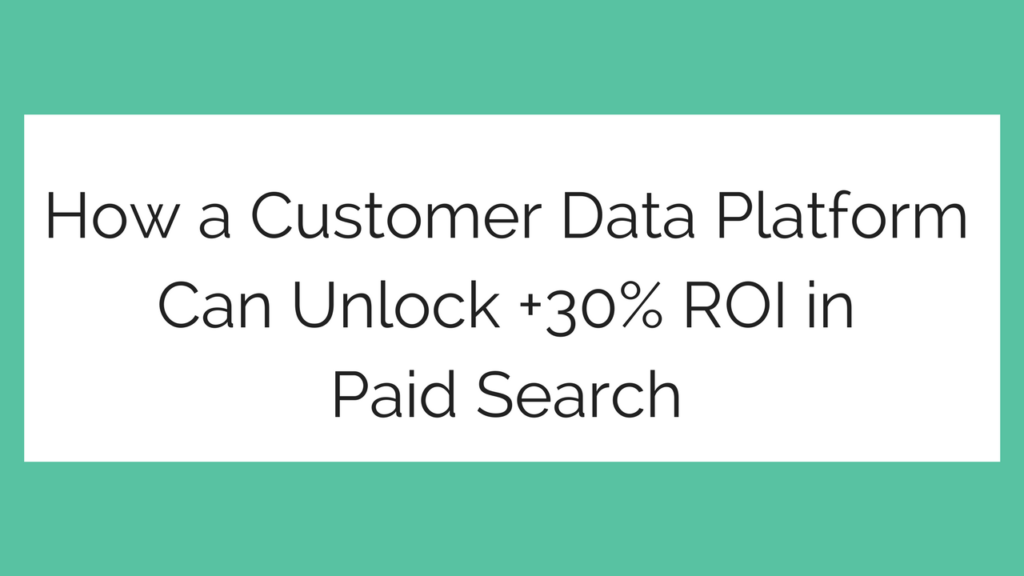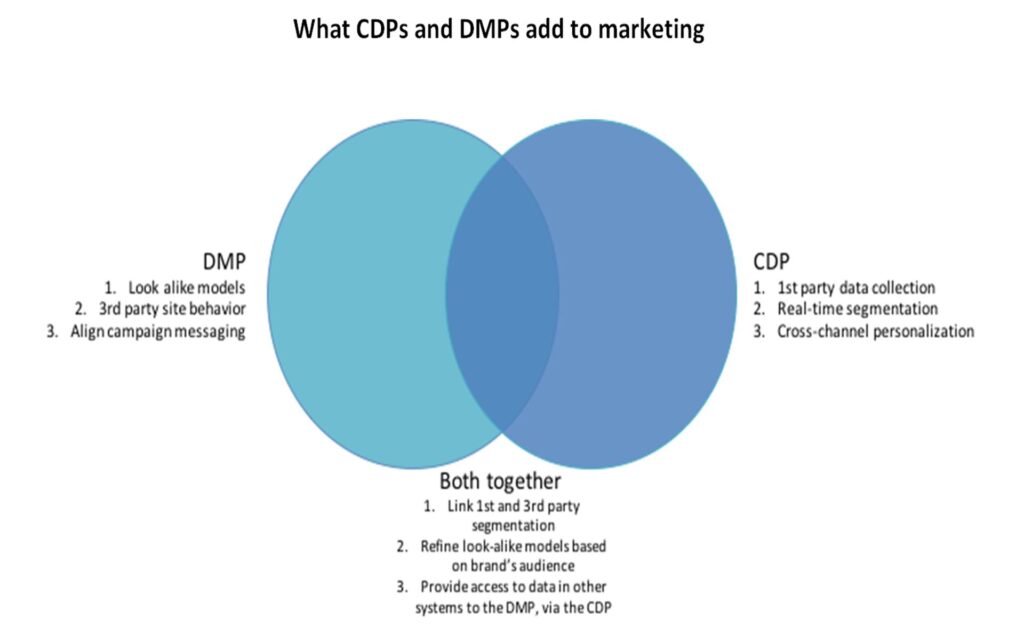What is the Business Value of Connected Data?
August 21, 2017The concept of “connected data” is a simple one. It means that all data across the enterprise is stitched together, cleansed, matched, and made available through a central location that has context and interrelationships pre-determined. Connecting data through a central location is the first step toward constructing a “golden record” for a customer, product, or service.
The perils in connecting customer data are particularly striking for two reasons: customers generate extensive amounts of data, with varying structures at different cadences, and this data is created through multiple online and offline engagement touchpoints. Competing in a digitally connected world calls for a central point of data control, which is where Customer Data Platforms (CDPs) fit in.
Why Connected Data Matters
Connected data is a foundational concept for highly personalized and contextually relevant engagement in today’s digital world. Without connecting data across systems, brands can’t hope to understand their customers well enough to provide the right message. A Customer Data Platform is the foundation for ingesting the data, connecting it, and making it accessible throughout the enterprise.
This single point of data control creates the right conditions to construct, continually update, and provide the unified customer profile that is so crucial to fostering omnichannel customer engagement. Whether the data comes from the CRM, email service provider, web analytics, social media, or the Internet of Things (IoT), all interaction data can be stitched together and made visible through a unified view. The unified view of the customer allows the enterprise to understand customer behaviors, preferences, and trends across touchpoints throughout the entire customer lifecycle. This comprehensive single customer view can also drive advanced analytics and real-time engagement flows, personalizing interactions with consumers in contextually relevant ways to close the engagement gap.
Connect Data with a Customer Data Platform
Customer Data Platforms are a dramatic reversal of the way enterprise data has historically been managed. Businesses for centuries found it easier to divide their activities and the resulting data among specialists. Those functions split into channels such as call centers, stores, internet, email, etc. Unfortunately, because the modern consumer has so many options for when and where to engage, those siloed channels create impediments to engagement.
As a result of this channel balkanization, the customer experience has taken a beating. In a Customer Experience Impact Survey, 86 percent of customers said they would willingly pay more money for a better experience. Yet only one percent of customers felt brands met their expectations. Brands have failed to close this customer engagement “gap” in large part because most companies still leverage siloed data generated from a fragmented technology stack. Connected data counteracts this siloed approach to technology investment, arming brands with the right information, at the right time, to close the customer engagement gap and forge powerful customer experiences.
Connected Data is the Future
The volume of data every enterprise must contend with has exploded. Recent research from Northeastern University found that the amount of data in the world will grow to 44 zettabytes by 2020, with 2.5 exabytes of new data generated every single day. The sheer scale of data created across the enterprise is enormous, and most brands have it all locked down tight in functional silos … inaccessible to everyone who doesn’t work in that silo.
With the rise of digital engagement, including IoT and all the device data it entails, it’s becoming less and less viable to operate with siloed data. Customers increasingly leave brands that are unwilling or unable to provide relevant experiences or act in a customer-centric manner. Connected data allows marketers and other stakeholders to know their customers more closely and more completely than ever before. There is tremendous potential value in creating a connected data environment, and the brands that recognize that will be the ones who remain competitive in the age of the empowered customer.


